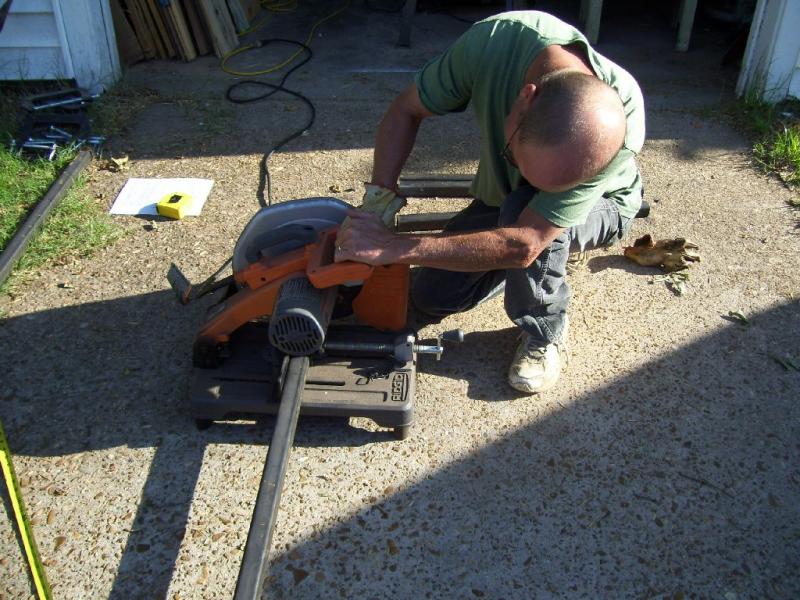Question
We had a lot of trees downed in the last hurricane here in Maryland. I have what appear to be two different cherry types, one with rough bark, the other with smoother silver grey bark. Are they both worth sawing into lumber? The rough barked one appears to be beautiful wood, the other I have not cut into. They are both huge trees.
Forum Responses
(Sawing and Drying Forum)
From contributor D:
I would have them sawed up. If you are planning to sell and make money, don't think that is going to happen. You can buy kiln dried wood ready to use. If it's for yourself, do it.
Both make excellent lumber. Because of its growth habit as a straight trunked tree, P. serotina is the dominant cherry species for lumber sold in the U.S. However, sweet cherry is very nice as well and is often called European cherry in the lumber trade. It is initially lighter in color than P. serotina, but with exposure to air and sunlight takes on a beautiful dark red patina.
The quality of the lumber from either species is dependent on the growth habit and condition of the trees. The low branching growth habit of cherry trees that are grown for fruit production yields short boards that are usually hard to dry due to tension wood. Forest grown understory trees usually have long straight trunks which yield the best lumber.
Quality cherry logs = great lumber regardless of species.
